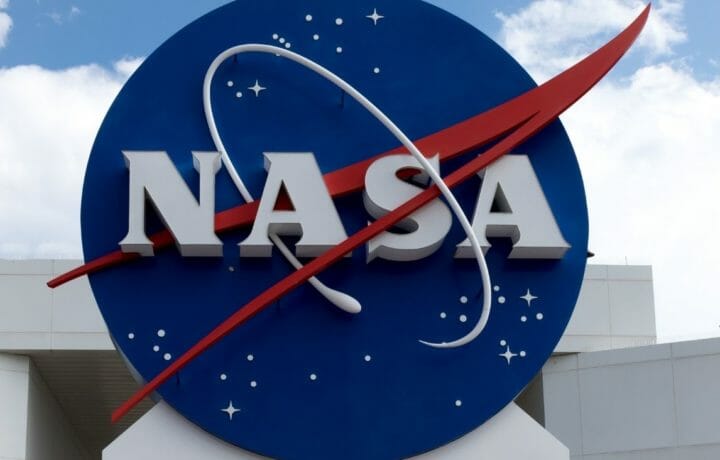Billionaires flying up to low Earth orbit grabbed quite a bit of press attention this year. But NASA and partners have been quietly making headway on something much bigger: sending astronauts back to the Moon–this time, not just to visit, but to build habitats where humans can live and work long-term.
The Artemis program, as this new Moon mission is called, sets out to land astronauts on the lunar surface some time in 2025 (it was 2024, but NASA just recently pushed the date back). The Apollo-era astronauts made brief treks to the Moon decades ago, as we all know. But Artemis is aiming higher than Apollo, according to NASA, which touts this upcoming mission as one that will “establish the first long-term presence on the Moon.”
That presence will include a space station, the Lunar Gateway, which will orbit the Moon year-round. The Artemis astronauts plan to dock at the Gateway when they arrive, and future research teams may take up residence there for stints of anywhere from one to three months.
Human crews may soon be working and living for stretches of time down on the surface, as well. Redwire, a private space-tech developer, won a $125,000 award in August from NASA for devising a new system to drill and extract buried lunar ice. That ice will be the human crews’ main source of drinking water.
Redwire is also researching low-cost lunar habitat construction. In August, a Northrop Grumman-built spacecraft flew a new Redwire-constructed 3-D printing apparatus up to the International Space Station. Researchers on the station took the cargo and began a months-long experiment in 3D-printing solid structures out of simulated regolith (regolith is the loose dust and soil found on the Moon).
This experiment is ongoing. If it succeeds, NASA and partners will have the means to build structures and habitats in short order from raw materials on-site on the Moon, instead of having to rocket all the needed goods over from Earth. The cost of living and working on the Moon will drop immensely.
Gearing for Takeoff
The biggest piece of the Artemis endeavor–literally–will roll onto the runway next month: the Space Launch System (SLS), a mammoth rocket vehicle that will stand taller than the Statue of Liberty. NASA has been overseeing its design and development for over 10 years, culling together boosters and components from Aerojet Rocketdyne, Boeing, and Northrop Grumman, and other contractor firms. The finished product will be the heavy lift that sends the upcoming human lunar expedition up through Earth’s atmosphere and on its way.
The crew will be strapped inside a small 16-foot-long transport capsule on top of the rocket. This capsule, the Orion, will detach from the SLS once it’s cleared Earth airspace and make its way to the Moon while most of the SLS’s components fall back to Earth.
Construction on the SLS and the Orion both is at last complete, and a NASA crane placed the capsule atop the rocket vehicle for the first time last month–a milestone that NASA administrator Bill Nelson told reporters puts us “in the home stretch” of the next Moon landing.
More steps toward that lunar touchdown await us in the months ahead:
- Later this month, the U.S. Navy will sail a ship out into the Pacific to rehearse retrieving the Orion after it returns to Earth and splashes down in the water post-mission.
- In December, technicians will roll the stacked Orion and SLS unit out onto the launch pad to fuel the rocket and rehearse a launch countdown.
- And in February next year, an actual launch: The SLS and Orion will lift off, and the Orion will embark (no crew on board this time; it’s just a test run) on a flight around the Moon and back.
The watershed 1969 Apollo lunar landing planted U.S. flags on the Moon. Those flags remain there to this day, a permanent testament to 1960s Americans’ determination to win the “space race.” Today, we can realistically look forward to a not-too-distant future where there will be not only flags, but whole-scale human habitations dotting the surface of our planet’s nearest neighbor. And if the Moon becomes livable, then it may be only a matter of time before we make our presence permanent on Mars, and beyond.




